Formula One’s relentless pursuit of global expansion has come under fire from one of its rising stars. McLaren driver Lando Norris isn’t happy with the increasing number of races on the calendar, calling it a “not durable long-term approach” according to MotorsportWeek. Let’s delve into Norris’ complaint and explore the arguments for and against a busier F1 schedule.
Norris' Concerns: A Driver's Perspective
Norris, known for his outspoken personality, highlights the toll the hectic schedule takes on the human element behind the wheel. Here’s what he emphasizes:
- Strain on Personnel: The ever-growing number of races puts immense pressure on the mechanics and engineers who tirelessly work behind the scenes to keep the cars in peak condition. Norris argues that the focus shouldn’t solely be on driver fatigue, but also on the well-being of the entire team.
- Limited Development Time: With more races packed into a shorter timeframe, teams have less time to analyze data, develop upgrades, and refine car setups. This can hinder innovation and create a stagnant racing environment.
- Quality Over Quantity: Norris suggests prioritizing fewer, higher-quality races over a bloated calendar. This could allow for more unique and challenging tracks, fostering a more diverse and exciting racing experience.
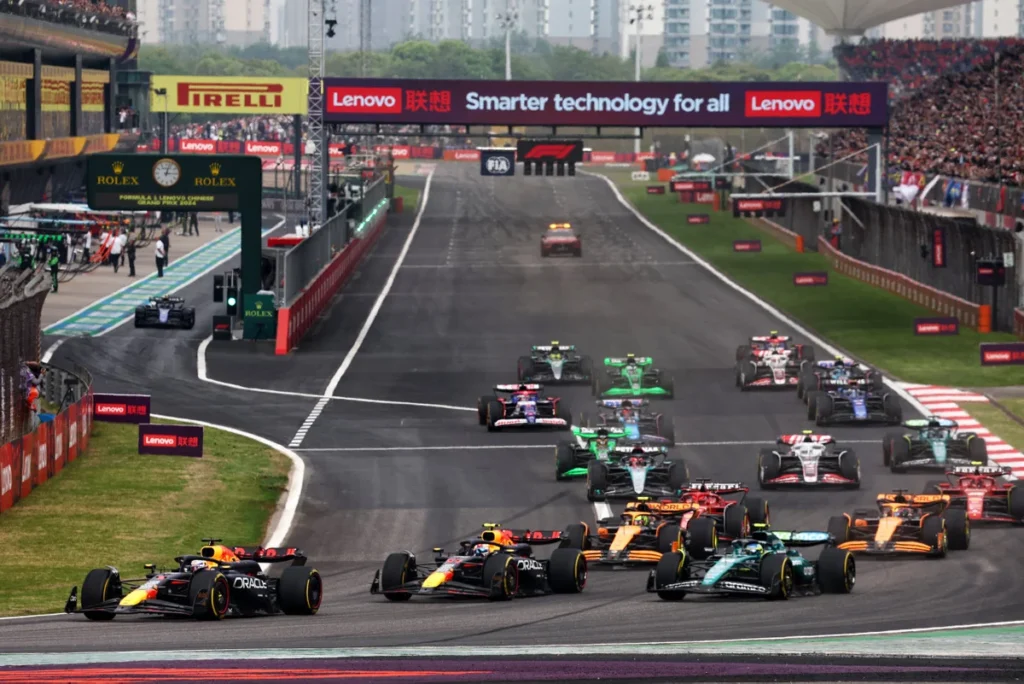
The FIA's Stance: A Global Expansion Focus
The FIA, the governing body of Formula One, has a different perspective. Here’s what they might prioritize:
- Fan Engagement: A global fanbase craves more F1 action. Adding new races allows the sport to reach new audiences and generate additional revenue. This financial boost can benefit the sport as a whole.
- Team Logistics: Modern F1 teams are well-equipped with the personnel and resources to manage a busy schedule. Additionally, the logistics and infrastructure for these races are meticulously planned well in advance.
- Sprint Races: The recent introduction of sprint races adds an extra layer of excitement to select race weekends. While this adds to the workload, it could be seen as a way to enhance the overall racing experience.
The Verdict: Finding a Balance
Norris’ concerns raise valid points about the human cost of a relentless schedule. However, the FIA’s goals of global expansion and fan engagement are also important factors. Here’s a potential path forward:
- Strategic Calendar Planning: Perhaps a more balanced calendar could be created, with longer breaks between races and a focus on geographically clustered events to minimize travel time.
- Focus on Sustainability: Investing in resources and personnel could help teams manage the workload more effectively, ensuring the well-being of all involved.
- Fan Feedback: Understanding fan preferences through surveys and polls could help determine the optimal balance between the number of races and the quality of the racing experience.
The Final Lap
Lando Norris’ complaint has sparked a necessary conversation about the future of the F1 schedule. Finding a balance between global ambitions, driver and team well-being, and fan engagement will be crucial to ensure the sport’s long-term sustainability and excitement. Whether the FIA takes Norris’ concerns into account and adjusts their approach remains to be seen, but one thing’s for sure: the conversation about the optimal F1 schedule has just begun.

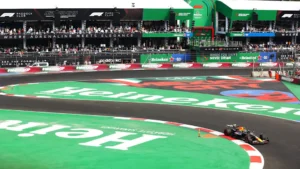

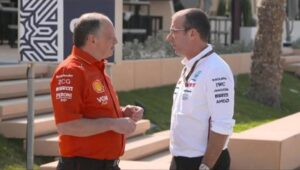



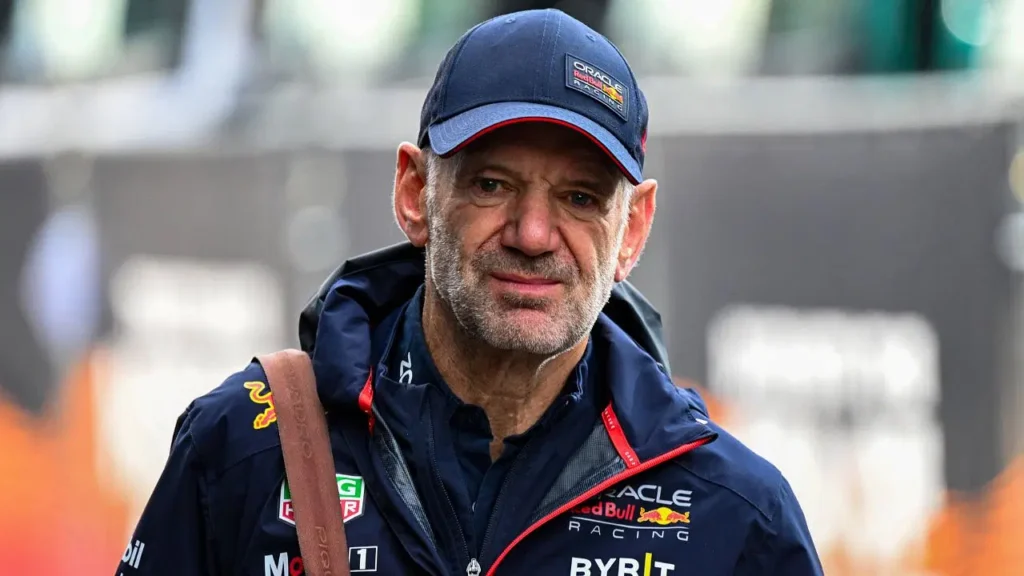

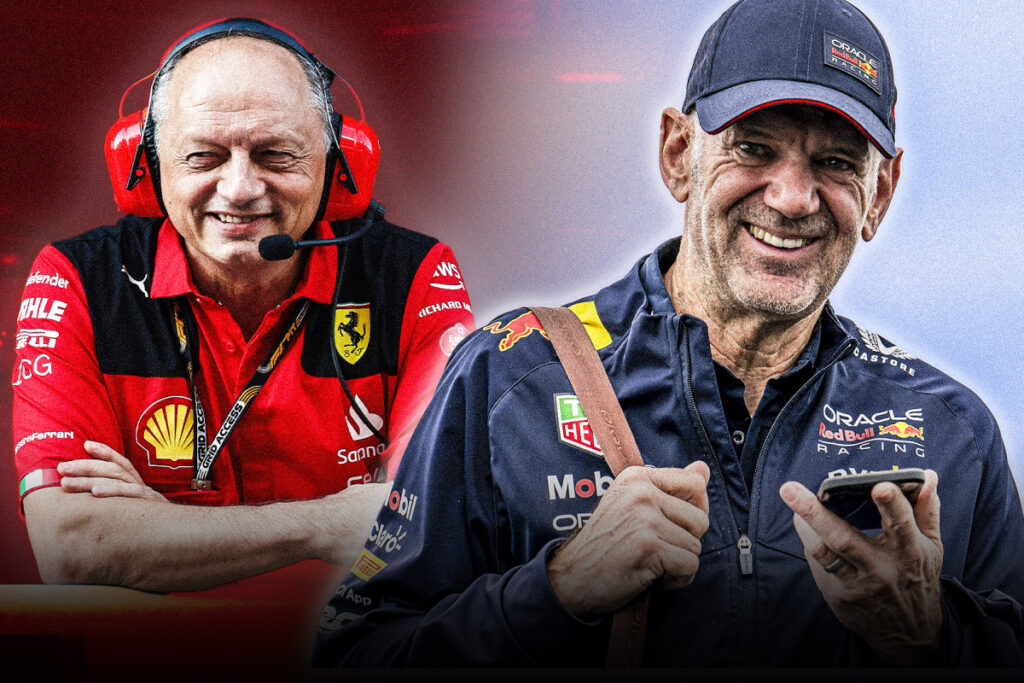

Pingback: Newey Meeting Ferrari Boss in London, Fuelling Speculation of Move | F1 Mavericks